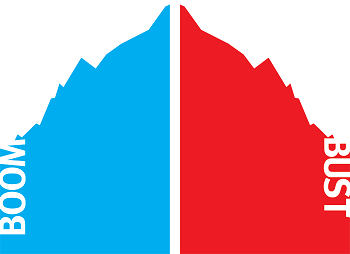
The Australian today writes that:
The worldwide expansion of gas production may force Australian exporters to settle for lower prices after a Japanese company negotiated a landmark contract pegged to US domestic gas prices.
The deal between Kansai Electric Power and BP is the first contract in Japan to be linked to gas rather than oil prices.
BP will supply 500,000 tonnes per annum from Egypt and Trinidad and Tobago under the deal, set to begin in 2017.
Kansai says it believes the contract will be 30 per cent cheaper than an equivalent one linked to oil prices.
The move sounds a grim warning to Australian suppliers, who are already battling cost pressures and are dependent on the fat profits from selling gas to Japan under the oil-linked pricing regime, in which overall exports hit $11 billion last financial year.
This is true. Sadly, what the story does not tell you is that this deal was struck over three weeks ago, the turnaround time for business news at The Oz it seems.
At the AFR there is more on the NERA report covered last week. The paper argues:
…Australian LNG exporters are safe in their conviction that only a relatively small proportion of US shale gas will find its way into the global market.
…Even if Australian volumes are safe, LNG’s price link to oil looks shaky. Gas prices in the US track coal prices, not oil. As shale gas penetrates global LNG markets, some convergence will occur. Unconventional gas can transform energy markets by putting downward pressure on prices, IEA deputy director Richard Jones told a shale conference in Houston in September.
That may be an issue for later this decade and the 2020s, by which time Australia’s labour cost and currency premiums might have disappeared. Or they may not. Best not to rest on our laurels.
Half right. The NERA report suggested a manageable risk for current projects because the US sits above Australia on the gas cost curve. Although according to the IEA, that may not be the case.
But this misses the point anyway. The risk painted by the NERA report is for the gas investment pipeline of unapproved projects. With the investment time frames involved, gas price convergence is already a reality as customers push for post oil benchmark contracts. And with the upside taken out of the gas price by a big new swing supplier sitting right above Australia’s gas production cost curve, new projects have no incentive to go ahead.
Woodside’s Browse project is the bellweather. It has a joint venture partner and customer in Japan’s Mitsubishi Corporation and Mitsui & Co in place so although high risk and probably at the outer limits of viability may still get the go ahead. It represents roughly 30% of the remaining $130 billion investment pipeline and is due for final investment approval early next year. Recent agitation to shift the project to floating logistics may be its saviour, or may be the excuse needed to shelve it.
Let’s not forget, however, that although the blue sky is clouding over, the gas boom will have already delivered $200 billion in investment and it will help Australia grow out of the vulnerability in its external accounts by boosting export revenues for many years to come. The recent ratcheting down of expectations will lumber many companies with under-performing assets but the gas boom has been well and truly glass overflowing for the nation.

